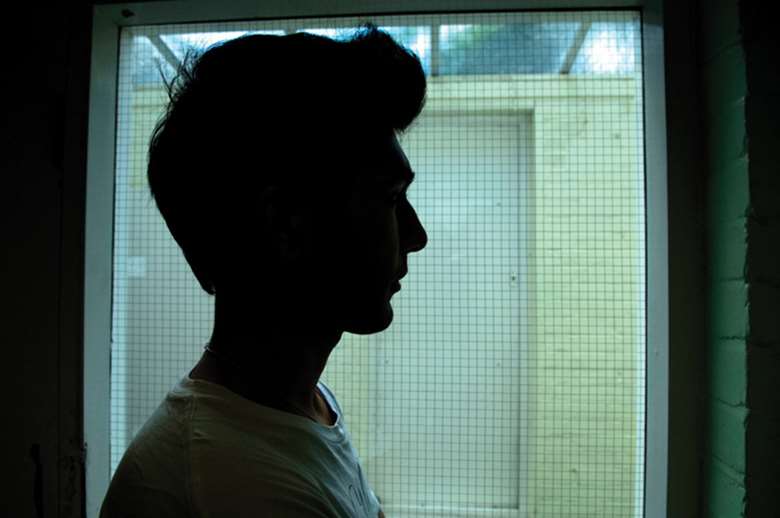Assessing age of asylum seekers
Kamena Dorling
Monday, June 24, 2019
Kamena Dorling, head of policy and programmes at Coram Children's Legal Centre, looks at the potentially harmful consequences of children seeking asylum having their ages disputed by immigration officials.

After years of concerns being raised by campaigners working with asylum seekers, the Home Office has significantly revised its guidance on "Assessing Age", following a Court of Appeal finding that its policy regarding age disputes was unlawful.
Age disputes are a significant problem facing young migrants. Many children seeking protection in the UK are unable to show how old they are as they may lack the requisite documents. Judgments on age might be made by Home Office officials or social workers, but if detailed assessments are not carried out appropriately, children can spend years without access to education or appropriate support, or end up at risk in unsupervised accommodation with adults or in adult immigration detention centres with many cases going unchallenged. This case involved a young Eritrean who arrived in the UK in March 2014 and said he was 16. Immigration officers believed that he was significantly over 18 and he was held in immigration detention until September 2014, and again from January to March 2015. In September 2015 an assessment carried out by two independent social workers found his date of birth to be as claimed by him on arrival.
Visual assessment
Coram Children's Legal Centre's 2013 report, Happy Birthday? Disputing the Age of Children in the Immigration System, highlighted that while there are some cases where there is genuine uncertainty over age, too many children have been unnecessarily age disputed, because of a default "culture of disbelief" among some social care and immigration professionals. Coram has repeatedly highlighted its concerns to the Home Office regarding its policy allowing for a child to be treated as an adult if their "physical appearance/demeanour very strongly suggests that they are significantly over 18 years of age" and detained, despite research, guidance and case law emphasising that physical appearance is not an accurate basis for the assessment of a person's age.
The UN Committee on the Rights of the Child has discussed age assessment in two of its General Comments, stressing that "if there is no proof of age, the child is entitled to a reliable medical and social investigation that may establish his/her age and, in the case of conflict or inconclusive evidence, the child shall have the right to the rule of the benefit of the doubt". It has outlined that age assessments "should not only take into account the physical appearance of the individual, but also his or her psychological maturity".
Unlawful policy
The Court of Appeal highlighted the damaging effects of children being detained and that the detention of a child is "positively unlawful". It found that the original policy at the time of detention, as well as the amended policy, regarding the assessment of the age of young asylum seekers who claim to be under 18, as expressed in paragraph 55.9.3.1 of the Enforcement Instructions and Guidance and the relevant parts of Asylum Instruction Assessing Age "does not properly identify the margin of error inherent in the conduct of initial [age] assessments… [and] creates a significantly greater risk than would otherwise arise of children being unlawfully detained as adults".
A revised external version of the "Assessing Age" asylum instruction has been published. It contains interim guidance on assessing age based on physical appearance and demeanour, including specifying that for a person to be assessed by the Home Office as significantly over 18 under this policy, in addition to there being no credible evidence to the contrary, their physical appearance and demeanour must very strongly suggest that they are 25 years of age or over. It also includes additional guidance on instances where another public authorities, such as a local authority or school, raises concerns that a claimant is not the age the Home Office has accepted them to be, and expanded guidance on what action to take when asylum seekers or migrants who are not unaccompanied asylum-seeking children, claim to be children and their claimed age is doubted by the Home Office.
POINTS FOR PRACTICE
- Age assessment is a complex area and it is impossible to judge the age of a child through visual assessment alone.
- Social workers should refer to the Department for Education's statutory guidance "Care of Unaccompanied and Trafficked Children" and the Association of Directors of Children's Services' "Age Assessment Guidance" for detailed guidance on age assessments.
- If a local authority has decided to assess the age of a child, the child should be looked after under section 20 of the Children Act 1989 during the age assessment process.
- In the event a claimant who was previously treated as an adult has now been assessed to be a child, a referral to the Refugee Council's Children's Advice Project (previously known as "Panel of Advisers") must be made promptly.
For more information, see the Migrant Children's Project's factsheets at www.childrenslegalcentre.com/resources/




